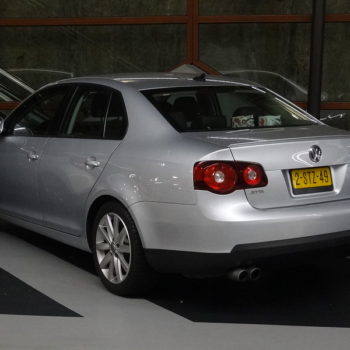Most self-driving cars work using a combination of lidar and cameras, to create a 3D image of the environment around them. The computer within takes this information and makes decisions. With how unreliable computers can often be this has some obvious drawbacks. “It’s not just the humans inside cars with self-driving technology, but those in other vehicles that need to be vigilant. Accident rates involving driverless cars are twice as high as for regular cars, according to a study by the University of Michigan’s Transportation Research Institute which looked at data from Google, Delphi and Audi.” (Olivia Solon- The Guardian) Despite these current drawbacks, self-driving is the future, and we should embrace them the moment the statistics show them to be equally as safe as normal driving. The technology is still being developed and is improving every day. The major cause of most of these accidents is the human element, which, naturally as the cars get more and more popular, will become less and less of a problem.
The other most common technology in self-driving cars is Stereo Vision “Mercedes’ prototype system uses two windshield-mounted cameras to build a real-time 3-D image of the road ahead, spotting potential hazards like pedestrians and predicting where they are headed.” (Infographic excerpted from Tom Vanderbilt for Wired Jan 20, 2012 ( wired.com )) Basically, the same reason you have two eyes is the same reason two cameras are needed, two angles create a 3D environment. The computer can read and understand the camera feed, combining it with the information from its other sensors, such as LiDAR and/or Radar.
To start I’ll better explain the technology that makes self-driving cars possible. LiDAR or (Light Detection and Ranging) Is one of these technologies. Here’s how Wired.com describes this “Google employs Velodyne’s rooftop Light Detection and Ranging system, which uses 64 lasers, spinning at upwards of 900 rpm, to generate a point cloud that gives the car a 360-degree view.” (Infographic excerpted from Tom Vanderbilt for Wired Jan 20, 2012 ( wired.com )) In simplified terms, LiDAR uses lasers and the known speed of light. It can calculate how long it takes light to bounce off an object and return to the sensors, telling the computer the distance of the object. The computer takes all the different distance values and creates a real-time 3D environment.
Some people oppose self-driving cars for the following reasons. First of all, hacking “As cars become more hi-tech they become more vulnerable to hacking. With driverless vehicles, the extra computers, internet connectivity, and sensors increase the possible vulnerabilities. In a proof-of-concept attack, security researcher Jonathan Petit showed that lidar can be easily fooled into detecting a non-existent obstacle using a handheld laser pointer, which can force the car to slow down, stop or swerve.” (By Olivia Solon for theguardian.com) This is a very valid concern, cyber attacks are common and could lead to a disaster. That’s one of the largest obstacles that must be overcome in the computer realm of these cars. Computers also have the problem of often being glitchy or having bugs. You can’t exactly call these cars safe until those obstacles are overcome.
Take this quote as an example of how these cars are improving “However the driverless cars weren’t at fault — they are typically hit from behind by inattentive or aggressive humans unaccustomed to self-driving motorists being such sticklers for the road rules. Google has started to program its cars differently to behave in more familiar, human ways, such as inching forward at a four-way stop to indicate they will be moving next.” (Olivia Solon- The Guardian) This example specifically shows how they’re better adapting to function alongside human drivers better, though if all cars were self-driving they could theoretically communicate with each other and create a perfectly efficient traffic system.
To me, things really look up for self-driving cars. The technology is constantly improving and it looks to be heading in the same direction as things like the internet, or phones. People are always skeptical about innovative technologies at first, calling them just a fad or a trend. The next thing you know it’s universal and essential to our society. I personally will be taking the driverless plunge once self-driving cars prove better than I am at driving. But for long drives or my job (door dashing), I might adopt this at my earliest opportunity, for the absolute convenience of this tool.
Featured image citation- “Tesla Model S” by cdorobek is licensed under CC BY 2.0.











